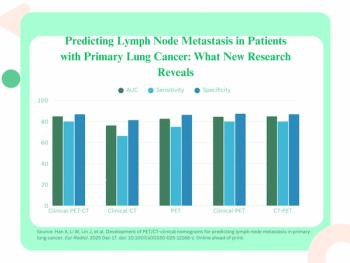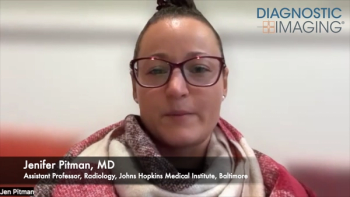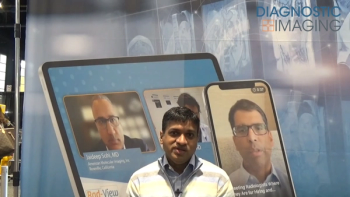
How Industry-FDA Cooperation Removed Medical Imaging Device Delivery Delays
FDA regulators moved quickly to accelerate the delivery of replacement parts for imaging equipment that has proven to be critical tools in the diagnosis and treatment of COVID-19.
As the first wave of COVID-19 patients began arriving in emergency rooms and intensive care units across the nation in early March, the medical imaging industry encountered a major problem: a heightened need for point-of-care medical imaging systems and associated replacement parts.
These critical medical products are complex to manufacture, with source components from multiple suppliers coming from all over the world. They are usually manufactured to a healthcare providers’ specifications – i.e., just-in-time manufacturing – which does require a certain amount of time. Also, each step along the way is regulated by the U.S. Food and Drug Administration (FDA) to ensure the safety and efficacy of the final medical device. When the world is not in a public health emergency, products usually move seamlessly through the manufacturing and regulatory processes.
Due to COVID-19, the ability of manufacturers to deliver medical imaging devices to the front lines was suddenly at risk due to the need to follow the federal government's guidelines to socially distance and shelter-in-place, as well as the impact this could have on the availability of FDA inspection teams at the same time hospitals were using their medical imaging equipment at a high capacity, needing additional parts for service.
For example, early in the pandemic, FUJIFILM Medical Systems USA was alerted that it had a potentially significant problem. Critical medical parts for company products used in the COVID-19 care pathway were not gaining entry to U.S. markets quickly enough to meet escalated demand. For medical device parts, qualifying examinations were typically done by FDA officials, forward deployed to airports and other points of entry. This was a careful, but rapid, process – until federal stay-at-home orders began to sideline many agents of the U.S. inspection teams.
As a result, the
What followed was a great story of industry and government working together quickly to meet new, unexpected challenges.
In mid-March, Fujifilm contacted the nation’s principal
The request included the following policy suggestions:
- Prioritize review and clearance of key medical imaging devices which play a role in COVID-19 care.
- Expedite generation and issue of compliance numbers for cleared products.
- Generate greater flexibility for manufacturers in repurposing and converting devices to the applications most in demand by COVID-19 responders in hospitals and clinics.
- Streamline coordination with the Department of Homeland Security and other intervening government agencies to facilitate the movement of personnel who are servicing and doing equipment conversions on these critical devices.
Rapid communication and collaboration between MITA and key FDA officials had the issue resolved in a matter of days as the agency issued guidance documents giving manufacturers the flexibility they needed.
Let this
All of those connected to and supportive of healthcare responders are under pressure during this historic public health challenge, as are those medical heroes.
We hope that the collaboration between industry and regulators earlier this spring will be welcomed and remembered by frontline pandemic warriors now serving and saving a nation that has already suffered such pain and loss during this terrible pandemic.
Newsletter
Stay at the forefront of radiology with the Diagnostic Imaging newsletter, delivering the latest news, clinical insights, and imaging advancements for today’s radiologists.



























